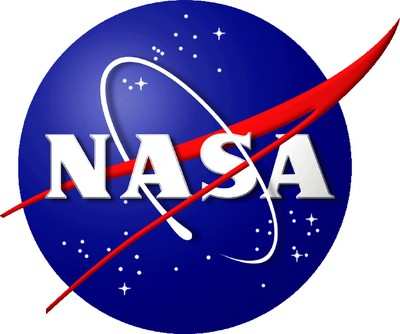Mon, Dec 30, 2013
Students Invited To Submit Ideas For Protecting Astronauts From Radiation During Long-Duration Missions
NASA is extending deadlines for its Exploration Design Challenge, an educational program connected to Exploration Flight Test-1 (EFT-1) -- the first mission for NASA's new Orion spacecraft, scheduled to launch in September 2014 from Cape Canaveral Air Force Station in Florida. The new deadline for high school students to submit payload design notebooks has been extended to Feb. 28. The deadline for all students to complete a radiation learning module and fly their names on EFT-1 now is June 30.

The challenge invites students from kindergarten through 12th grade to research and design proposed solutions to help protect astronauts from space radiation during Orion's long-duration deep space missions to an asteroid and Mars.
The Exploration Design Challenge was launched in March through a partnership between NASA and Lockheed Martin in collaboration with the National Institute of Aerospace. The challenge brings cutting-edge learning to educators and students using standards-based activities, as well as print and video resources and technical guidance to help them learn how to solve difficult problems associated with human space exploration.
Participating students in grades kindergarten through 8 will analyze different materials that simulate space radiation shielding for human space travelers aboard the Orion spacecraft. After participating in activities guided by their teachers, students will recommend materials that best block harmful radiation.
Participating students in grades 9-12 can take the challenge a step further by designing a shield to protect a sensor inside Orion from space radiation. Five high school team designs will be selected for program review in March 2014, and the final winning design will be announced by the end of the school year. The high school team with the winning payload design will be flown to NASA's Kennedy Space Center in Florida to watch their experiment launch into orbit aboard Orion.
NASA and Lockheed Martin are developing the Orion spacecraft to carry astronauts beyond low-Earth orbit and on to an asteroid or Mars. EFT-1 is Orion's first uncrewed mission in space, providing an opportunity to test the protective abilities of the students’ payload design as the spacecraft travels through the intense radiation of the Van Allen Belt during its 3,600-mile journey above Earth.
More News
Also: New Lakeland Fly-in!, Gleim's DPE, MOSAIC! Nearly three-quarters of a century in the making, EAA is excited about the future… especially with the potential of a MOSAIC>[...]
Estimated (EST) -When used in NOTAMs “EST” is a contraction that is used by the issuing authority only when the condition is expected to return to service prior to the >[...]
Aero Linx: Regional Airline Association (RAA) Regional airlines provide critical links connecting communities throughout North America to the national and international air transpo>[...]
The Airplane Broke Up In Flight And Descended To The Ground. The Debris Path Extended For About 1,435 Ft. Analysis: The pilot, who was the owner and builder of the experimental, am>[...]
From 2015 (YouTube version): History Comes Alive Thanks to A Magnificent CAF Effort The story of the Douglas C-47 named, “That’s all Brother,” is fascinating from>[...]
 Airborne 07.21.25: Nighthawk!, Hartzell Expands, Deltahawk 350HP!
Airborne 07.21.25: Nighthawk!, Hartzell Expands, Deltahawk 350HP! ANN's Daily Aero-Term (07.27.25): Estimated (EST)
ANN's Daily Aero-Term (07.27.25): Estimated (EST) ANN's Daily Aero-Linx (07.27.25)
ANN's Daily Aero-Linx (07.27.25) NTSB Final Report: Luce Buttercup
NTSB Final Report: Luce Buttercup Classic Aero-TV: 'That's All Brother'-Restoring a True Piece of Military History
Classic Aero-TV: 'That's All Brother'-Restoring a True Piece of Military History



